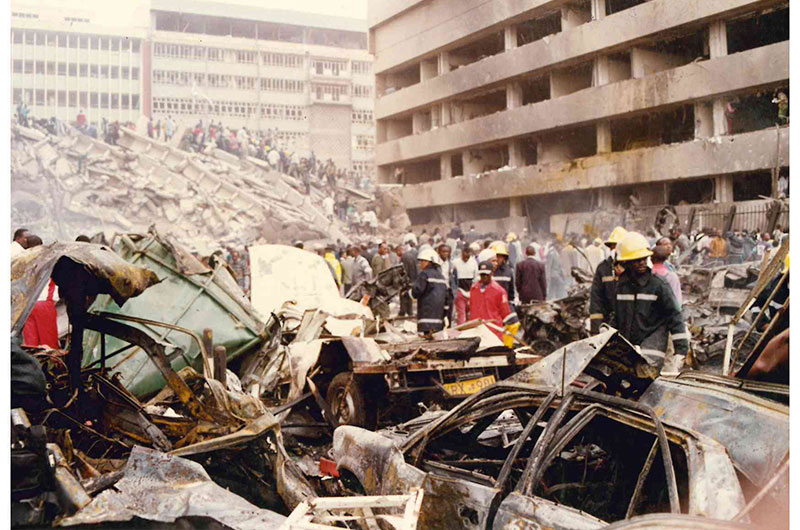×
The Standard e-Paper
Smart Minds Choose Us

The fortunes of The Star, a fierce twice-a-week newspaper edited by the late extravagantly bearded, soft-spoken but virulently anti-Kanu Magayu Magayu were tumbling headlong.
So, on a cloudy August I was on my way to The East African Standard’s offices at Likoni Road for a sub-editor’s job interview that never happened.